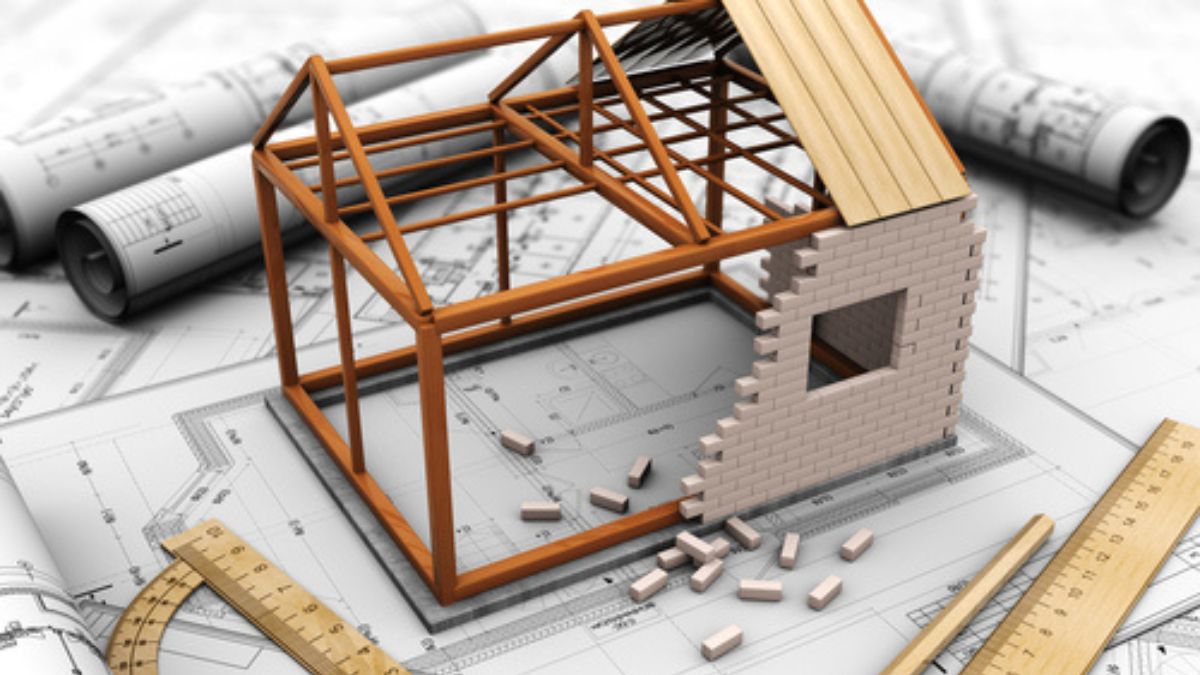
Advertisement
In the midst of a challenging real estate market, a housing concept with roots dating back a century is making a potential comeback. Modular construction, a modern evolution of kit-built homes, is garnering attention from new investors and homebuyers alike. While modular homes currently represent less than 4% of the housing inventory in the U.S., factors such as affordability concerns and a growing interest in sustainable living are putting this century-old idea back into the spotlight.
A century ago, eager homeowners could flip through catalogs to select kit-built homes, and today, the modular home is emerging as a viable solution in the quest for efficient and sustainable living. Unlike traditional construction methods, modular homes are assembled in a manufacturer’s facility and then transported to the home site for final assembly. The modules that constitute a modular home can be as large as entire rooms, with only the foundation being constructed on-site.
Modular construction has recently attracted interest from investors and startups focusing on sustainable and affordable housing. Berkshire Hathaway’s Clayton Homes, among the national homebuilder companies, is actively participating in the modular home market. Moreover, venture capital firms such as Khosla Ventures and Y Combinator have invested in modular construction, indicating a growing belief in the potential of this housing concept.
One of the key advantages of modular homes is their lower cost compared to traditional construction. Modular construction typically averages $80 to $160 per square foot, making it 10-20% cheaper than traditional construction, according to HomeGuide. This cost difference positions building a modular home at $120,000 to $270,000, as opposed to $155,000 to $416,000 for traditional construction.
Modular construction’s efficiency in material usage and waste reduction is appealing to those seeking sustainable living options. Green construction experts note that modular construction generates less waste and causes less disruption to the environment. Additionally, the controlled manufacturing process and reduced chance of theft or damage contribute to less material waste compared to traditional construction methods.
Affordable housing advocates have also turned to modular construction as a solution, especially in the face of rising mortgage rates and escalating home prices. The construction method’s ability to save costs due to scale has been highlighted, with offsite construction of repeatable modular units shown to save as much as 25% of vertical construction costs.
As the real estate market faces challenges, including a historic low in inventory, the speed of construction and portability of modular homes offer additional advantages. A modular home can be move-in ready in eight to 12 months, approximately half the time needed for traditional construction. The structures can also be disassembled and relocated more easily than traditionally built homes.
Despite these advantages, modular homes remain a niche market in the U.S., accounting for less than 4% of the housing stock. While modular construction has been more popular overseas, it is yet to gain widespread acceptance among American consumers. Challenges such as a lack of familiarity among contractors and the need for upfront financing have contributed to the limited adoption of modular construction.
Nevertheless, as sustainability and affordability become increasingly crucial in the housing landscape, modular homes could find themselves at the forefront of a housing revolution, offering a viable alternative to traditional construction methods.
